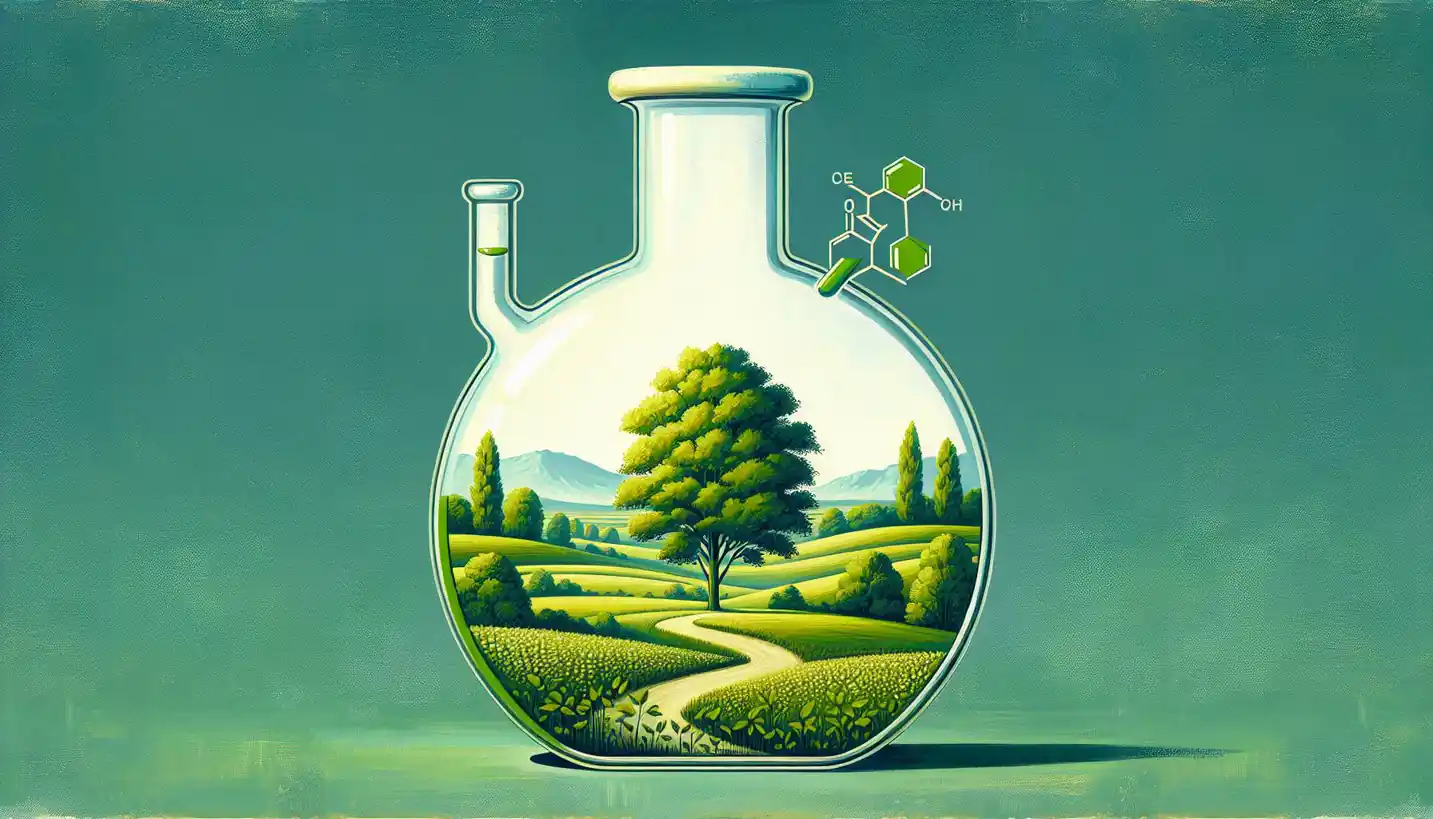· Chemistry · 4 min read
Chromatography: A Colorful Journey in Analytical Chemistry
Chromatography offers a vibrant exploration of component separation. Learn how this method unveils the colorful secrets of mixtures in chemistry.

Once upon a time, you could only tell what was in a mixture by guessing or tedious trial and error. Chromatography changed all that in a brilliant, colorful way. At its core, chromatography is like a detective for scientists, helping them figure out what’s hiding in mixtures, whether it’s a splash of ink or a drop of essential oil.
Discovering the Magic of Chromatography
Chromatography got its start in the early 20th century, thanks to a botanist named Mikhail Tsvet. Using plant pigments, he was the first to show how different substances within a mixture could be separated by using a clever method involving a solid and a liquid. He didn’t know it at the time, but Tsvet had opened the door to a whole new world in analytical chemistry.
How Chromatography Works
Imagine you’re in a race with friends, and each of you runs at a different speed. Chromatography is a bit like watching this race unfold. We have a stationary phase that acts like the track, and a mobile phase, kind of like the wind helping you along. The mixture you’re examining is placed on this track, and as the mobile phase moves through, the different components of your mixture race along. Because each component interacts differently with the stationary phase, they end up separating based on their unique properties.
Types of Chromatography
Paper Chromatography: Think of this like the classic school science experiment. A drop of ink on paper, when dipped in water, spreads out to reveal a rainbow of colors. Each color is a different component of the ink, beautifully separated.
Thin-Layer Chromatography (TLC): Similar to paper chromatography but uses a glass or plastic plate coated with a thin layer of solid, often silica gel. It’s a handy method for quickly checking what’s in a sample.
Gas Chromatography (GC): Perfect for separating volatile substances. Here, the mobile phase is a gas, and it’s often used in testing air quality or analyzing alcohol levels in breathalyzers.
Liquid Chromatography (LC): Probably the most versatile type. The mobile phase is a liquid, and it’s used for larger or more complex molecules, like those in proteins or pharmaceuticals.
High-Performance Liquid Chromatography (HPLC): An advanced form of liquid chromatography. Think of it as chromatography on steroids, using high pressure to push solvents through columns packed with material to separate components at lightning speed and precision.
Why Is Chromatography Important?
Chromatography has transformed many fields beyond chemistry. Because it allows scientists to identify and quantify components in mixtures, it’s crucial in developing new medicines, testing for food contamination, and even in crime scene investigations. For instance, drug testing often relies on chromatography to ensure safety and legality. Researchers also use it to analyze complex biological samples, revealing secrets about diseases and genetics.
Chromatography in Everyday Life
You might not realize it, but chromatography affects many things in daily life. Whenever you take a medication, know that it was likely developed and tested using techniques like chromatography to make sure it’s safe and effective. The quality of food we eat is often assured through tests using the same methods to detect impurities.
Moreover, the perfumery and natural flavor industries hinge on understanding the complex mixtures they work with, isolating the perfect scents and tastes using chromatography.
The Future of Chromatography
Researchers continually innovate in the field of chromatography, making it faster, more efficient, and capable of handling even more complex samples. Imagine deciphering the complete biochemical makeup of a single cell or tracking pollutants in our oceans in near real-time. Such advancements could be around the corner.
Miniaturization and automation are key trends, with portable devices already making it easier to perform chromatography anywhere, from hospitals to remote field stations. Furthermore, the integration of artificial intelligence helps interpret complex data, making discoveries faster and more accessible.
A World of Possibilities
Chromatography isn’t just a tool; it’s a window into a world filled with possibilities and discoveries. From unraveling the mysteries of ancient manuscripts through ink analysis to pioneering drug development, it touches nearly every aspect of modern science and engineering.
So, the next time you enjoy a beautifully brewed coffee or marvel at a vibrant painting, take a moment to appreciate how the unseen world of chromatography makes such experiences possible, providing insight and understanding where once there was only mystery.



